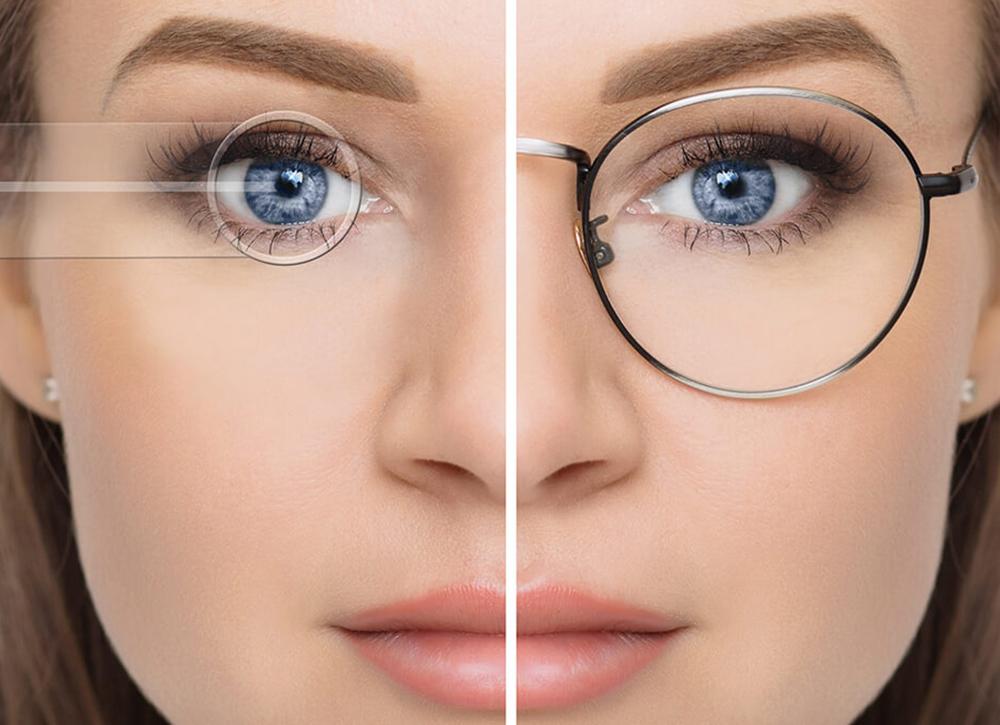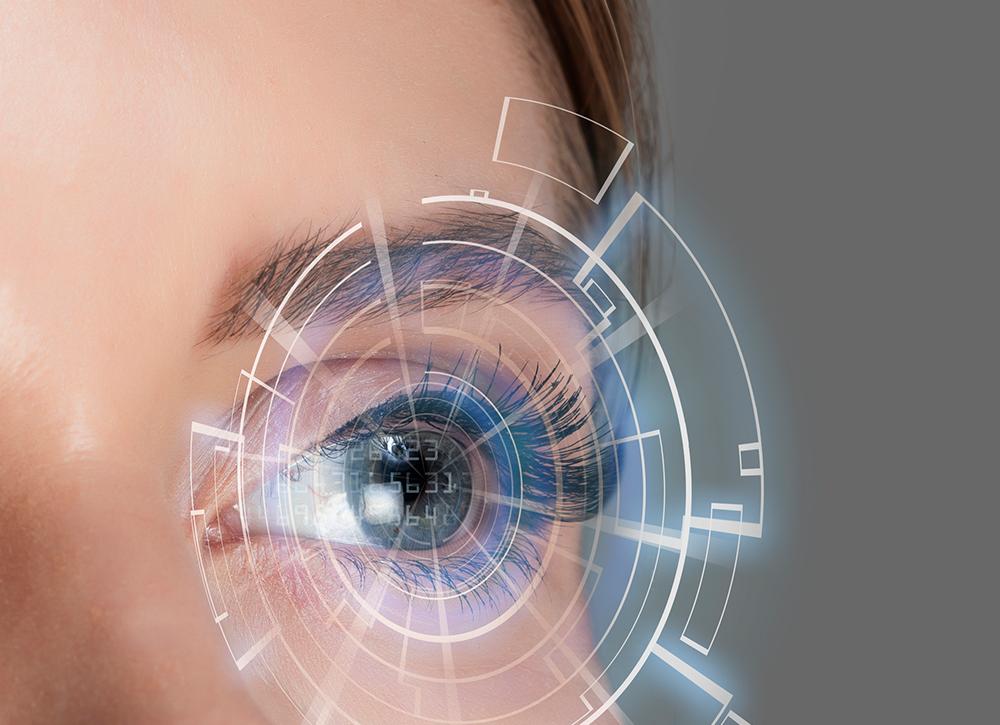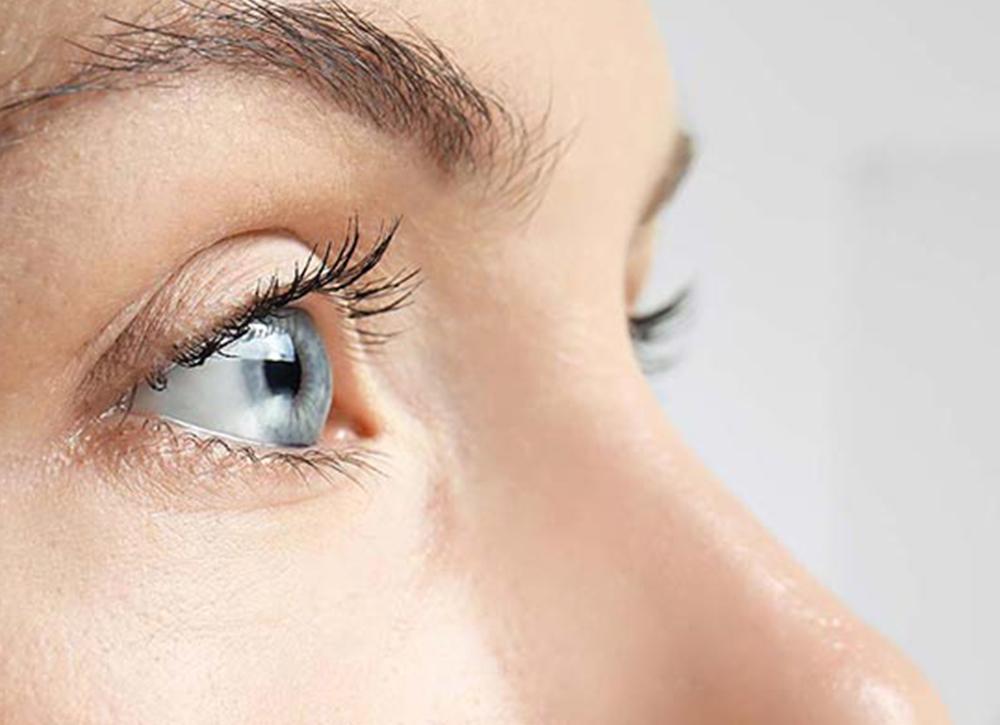In the previous article, we discussed “Intraocular Refractive Surgery”. In this article, let’s talk about “Corneal Refractive Surgery”.
People generally say "excimer laser surgery", its full name should be "excimer laser corneal refractive surgery". It mainly includes PRK, LASIK, LASEK, LASIK, and SMILE.
PRK, PhotoRefractive Keratectomy
Its principle is that after scraping the corneal epithelium in the central area, the central area of the cornea is irradiated with an excimer laser to cut a small amount of corneal tissue to flatten it to correct myopia. It is equivalent to grinding a pair of myopia glasses on the cornea. Since the ablation is performed on the surface of the cornea, stromal layer surgery can be avoided. However, the postoperative pain is obvious, and the corneal subepithelial haze may occur. Therefore, it takes longer to use glucocorticoids, which may cause problems such as increased intraocular pressure. Later, when improved LASEK appeared, PRK was rarely used.
LASIK, laser-assisted in situ keratomileusis
Its principle is to use a lamellar knife to make a flap (that is, to open the corneal tissue), and then use an excimer laser to cut the stroma to complete the corresponding degree of correction, reduction, and correction of myopia. Conventional LASIK surgery may have major problems such as dry eye, surgical-derived aberrations, corneal flap related complications, and decreased corneal biomechanical stability. However, with the improvement of doctors’ skills and equipment performance, the incidence of these problems is getting lower and lower. For LASIK, making a thinner corneal flap to retain more corneal stroma is very important to avoid corneal dilatation and the apperance of keratoconus, maintain postoperative corneal biomechanics stability, and improve surgical safety.
LASEK, Laser-assisted Subepithelial Keratomileusis
Its principle is to soak the corneal surgery area with laser or low-concentration alcohol to form a corneal epithelial flap, and laser cut the tissue under the epithelial flap. After the corneal epithelial flap is reset, a contact lens must still be placed on its surface. LASEK surgery was invented by Massinolamellion, the Ophthalmology Center of Rovigo Hospital in Italy. It overcomes the pain and haze of PRK, and gains corneal thickness for patients undergoing several high-level operations. However, during the operation, the corneal epithelial flap breakage and edema are the same as those of PRK, and the speed of vision recovery and refractive stability after the operation is slower than that of LASIK. Therefore, it is mainly suitable for patients with thin cornea, occupational characteristics that are prone to ocular trauma causing corneal flap displacement or other patients who are not suitable for LASIK.
Common doubts about Corneal refractive surgery
At What Age Can I Do Laser Correction Myopia Surgery?
The suitable age for excimer laser corneal refractive surgery is 18-45 years old. People who are too young have not yet completed all aspects of their body development, so their myopia is also unstable. Usually, around 18 years of age, eye development and myopia are relatively stable. On the other hand, for those who are too old, presbyopia is inevitable due to decreased eye adjustment ability. They still need to wear presbyopic glasses to see close after surgery. In addition, other eye diseases that affect vision with age may also appear, such as cataracts.
What Degree Is Suitable For Laser Correction Of Myopia?
Generally speaking, if myopia is between 50-1200 degrees, astigmatism is below 600 degrees, and hyperopia is below 600 degrees, excimer laser correction surgery can be accepted. For patients with the thin cornea and high refractive power, surgery can only reduce the power, not all corrections. There may be residual power after surgery. Of course, different types of surgery need to be specifically understood.
Who Is Not Suitable For Corneal Refractive Surgery?
1. The refractive power has been unstable in the past two years, and the annual refractive power increase is greater than 0.50D.
2. Corneal thickness less than 450um is not suitable for excimer laser surgery.
3. Those suffering from ophthalmological diseases such as keratoconus, glaucoma, rabbit eyes, dry eye, and corneal endothelial degeneration.
4. Those who have super high myopia with large pupils and thin cornea.
5. The severe amblyopia patients with extremely poor corrected visual acuity.
6. Suffer from diseases that affect corneal wound healing, such as scar constitution, diabetes, collagen disease, etc.
7. Drivers who drive at night all year round are not suitable for excimer laser surgery, because excimer laser surgery will affect night vision to a certain extent.
8. Active inflammatory lesions of the eye, such as acute conjunctivitis, blepharitis, keratitis, corneal ulcer, dacryocystitis, iridocyclitis, etc.
9. Psychological factors: The patient has ideological concerns about molecular laser surgery, or has high expectations for the operation.
10. Those who suffer from mental illness and are taking medication are not suitable for excimer laser surgery.
In addition, the patient also needs to have a frank conversation with the doctor before the operation, and inform the doctor of their physical and eye conditions. If necessary, tell the doctor everything, including medical history, family medical history, and psychological conditions. It can be seen that not everyone is suitable for excimer laser surgery.
Thank you for your time in reading our passage “Corneal Refractive Surgery”. For more information about sunglasses, please continue to follow KoalaEye Blog. Also, it is welcome to share and forward to Facebook and Twitter.





































